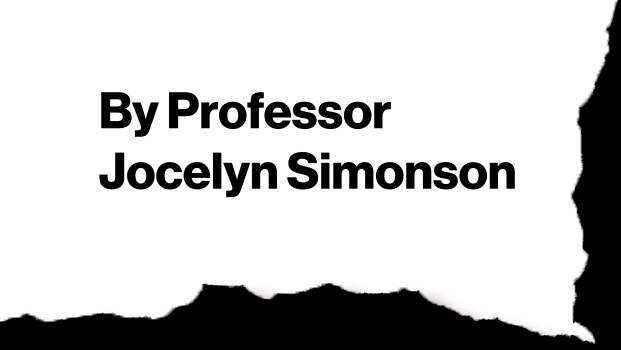
But what comes after money bail? As we think about pretrial detention, incarceration, and the criminal legal system more broadly, we need to widen the scope of our thinking beyond the relatively simple idea that “money bail is unfair to poor people” to a larger imagining about the harms of pretrial detention and even criminal adjudication itself. This requires pushing for a larger vision of how the state could provide safety and security in the face of both harm and structural neglect and connecting that vision to our systems of money bail and pretrial detention.
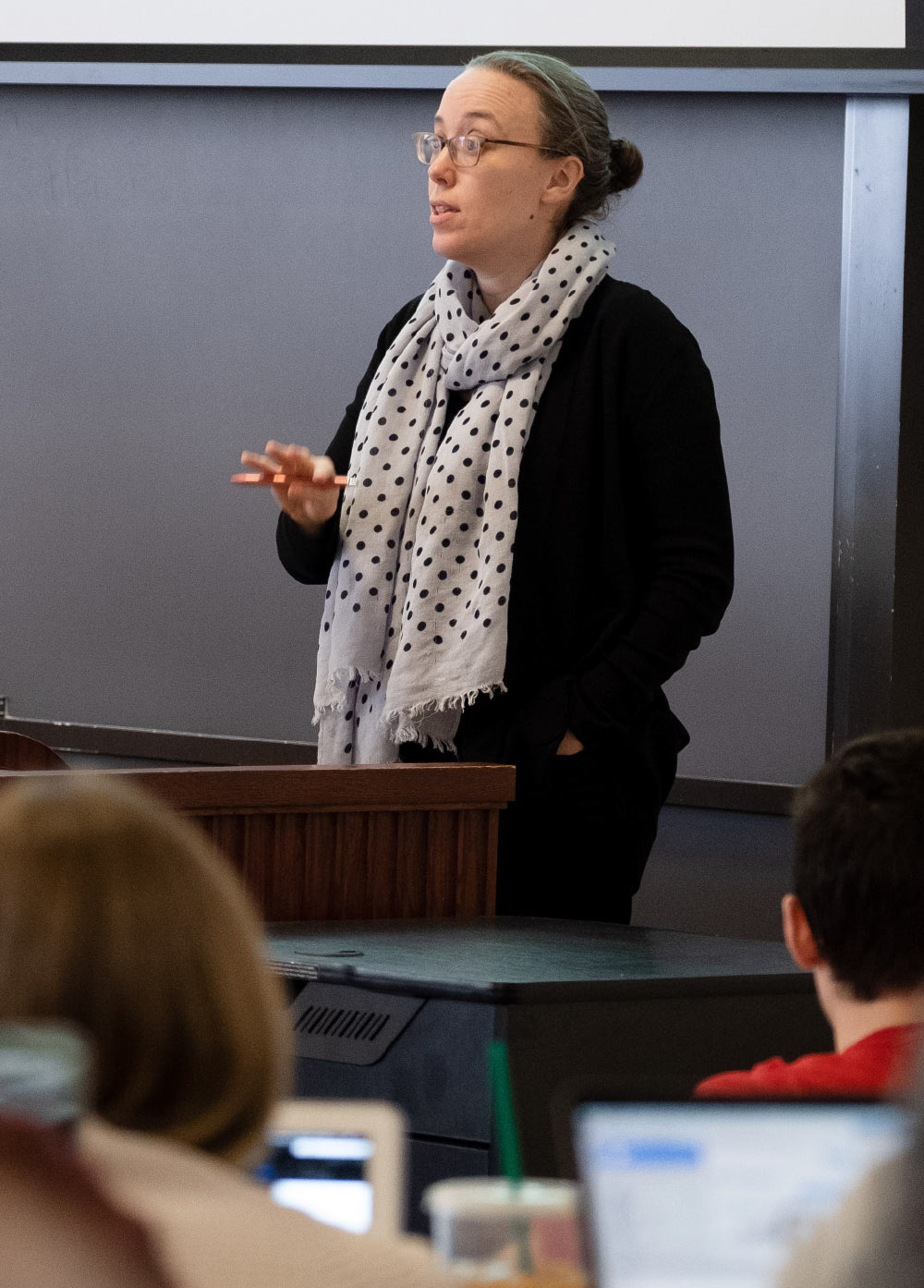
Judge Clement’s opinion was a major step for equal protection jurisprudence. Potentially, we are at the dawn of a broader existential crisis for the institution of money bail: an acknowledgment that bail not only incarcerates based on poverty, but also eradicates the presumption of innocence, assuming criminality and guilt without adequate process.
But the political economy of money bail goes deeper than Judge Clement’s fable of singular rich and poor persons assigned to different fates. Professor Angela Harris of UC Davis School of Law connects money bail to a criminal legal system that extracts wealth from segregated communities of color over generations, only to reveal itself later through incarceration for failure to pay fines, fees, or bail. This “slow violence,” as she describes it, must be analyzed as a problem at the intersection of race, class, and geography.
In addition, as the Movement for Black Lives writes in its eye-opening 2016 Transformative Bail Reform Curriculum, money bail cannot be fully understood without placing it within the historical context of the criminalization of blackness and the monetization of freedom, reaching as far back as the transatlantic slave trade and the practice of slaves buying their freedom. These structural forces of oppression reinvent themselves in today’s court system as determinations of “high risk” of flight or threats to “public safety,” leading to a monetary number being put on an individual’s freedom.
To move beyond money bail requires thinking carefully and openly about who is on the receiving end of any shift in power and decision making in bail reform. Will it be blue ribbon commissions, secret algorithmic codes, enlightened judges, “progressive” prosecutors? Newly elected Queens County District Attorney Melinda Katz unknowingly reminded us of the risks of allowing bail reform to be a purely technocratic enterprise in her first months in office. The prior year, Katz campaigned on a pledge to stop asking for cash bail in most criminal cases. However, after taking office in January 2020, she changed her mind, saying, “I do believe it deep in my heart…that cash bail is unfair, it’s inequitable…[but] we are not there yet.”
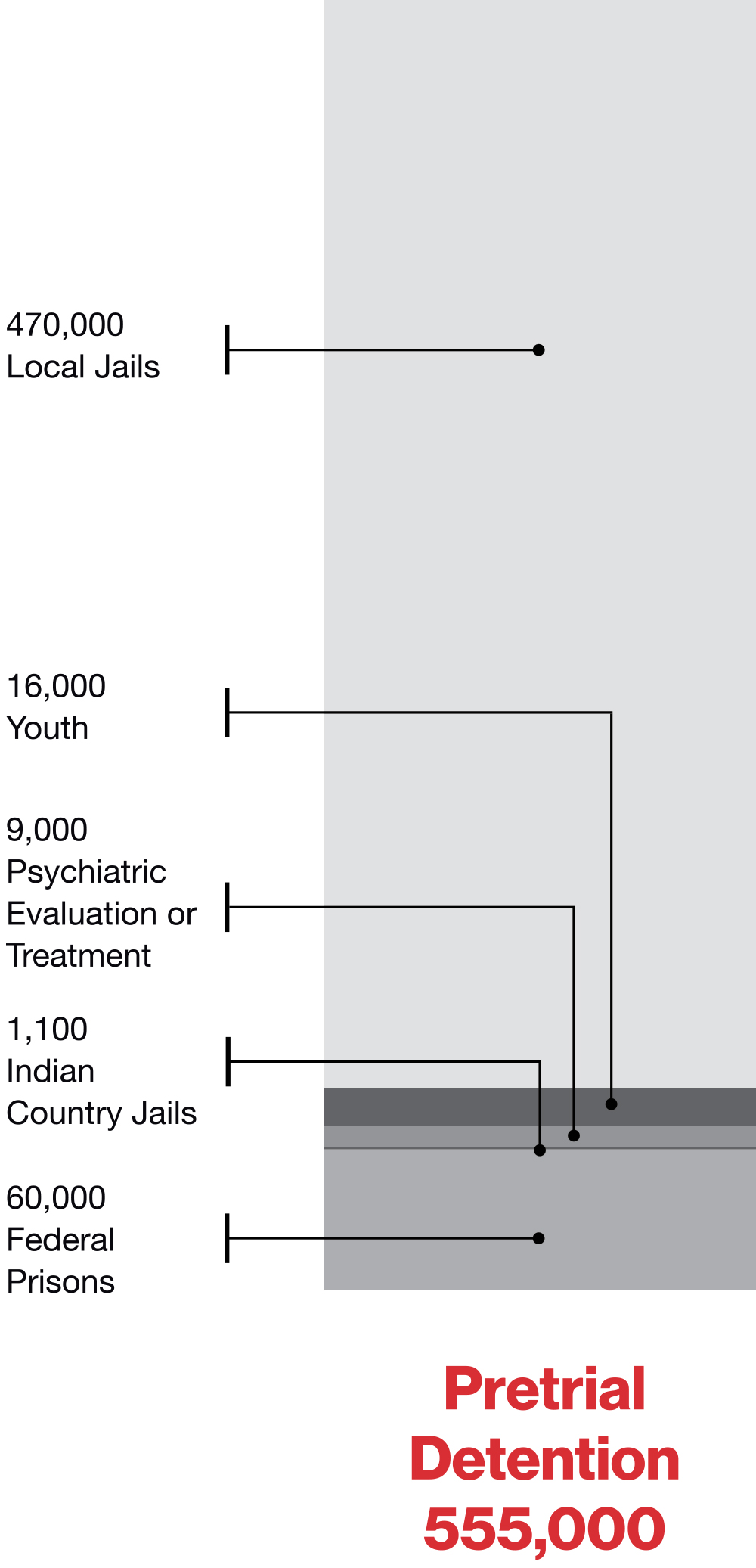
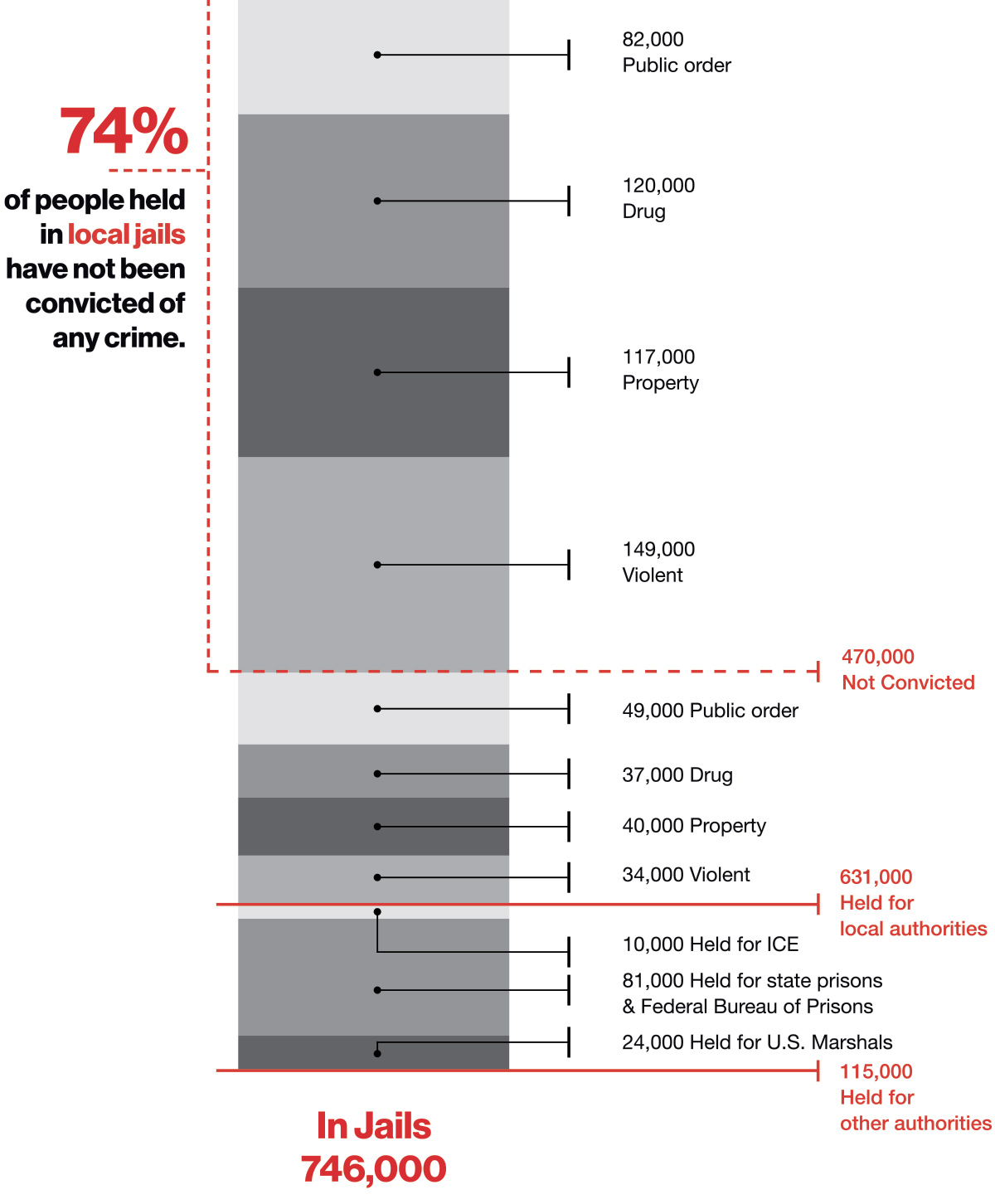

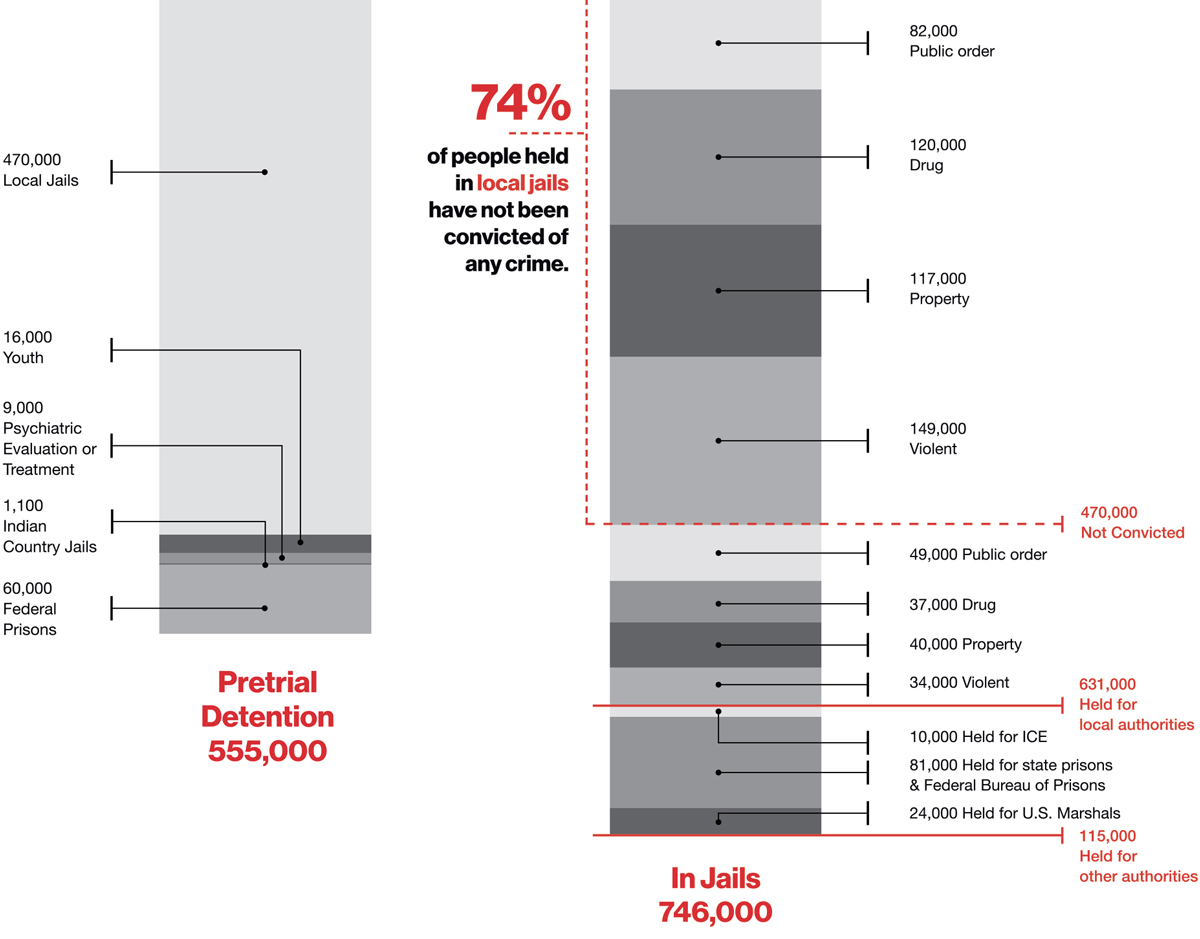
Ironically, money bail is itself a form of public participation, a moment of outside intervention in an expert-driven process. As I have written in the Columbia Law Review, Michigan Law Review, and elsewhere, grassroots organizations are pushing back against the dominant ideas of “public safety” and “community” that sustain pretrial detention. These groups do this in part through the collective act of posting bail for individuals via bail and bond funds. The ability of a community group to post bail can be a powerful act of reclaiming collective agency and redefining public safety, even as the institution of money bail is at the same time a force of oppression.
The debate in New York reflects the paucity of our current discourse around bail. When we reduce the debate to questioning, for instance, whether mentally ill individuals should be locked in cages, we stop ourselves from asking larger questions about how the state supports people with mental illness in ways that keep all of us safe.
We must, instead, write a new narrative, not by contrasting a rich person and a poor person, but by contrasting existing discourse with new accounts of freedom and safety. We have made some progress in this regard, but as we have seen from the recent pushback in New York, our efforts must be constant and unrelenting. The work continues.

We must, instead, write a new narrative, not by contrasting a rich person and a poor person, but by contrasting existing discourse with new accounts of freedom and safety. We have made some progress in this regard, but as we have seen from the recent pushback in New York, our efforts must be constant and unrelenting. The work continues.
is associate professor of law and codirector of the Center for Criminal Justice. She writes and teaches about criminal law, criminal procedure, evidence, and social change. Her scholarship explores ways in which the public participates in criminal legal processes and how that participation has the potential to lead to broader changes in the justice system. Her scholarly articles have appeared or are forthcoming in the Yale Law Journal, Columbia Law Review, Harvard Law Review, California Law Review, Georgetown Law Journal, and NYU Review of Law & Social Change. She was recently granted tenure by the Brooklyn Law School faculty.

is associate professor of law and codirector of the Center for Criminal Justice. She writes and teaches about criminal law, criminal procedure, evidence, and social change. Her scholarship explores ways in which the public participates in criminal legal processes and how that participation has the potential to lead to broader changes in the justice system. Her scholarly articles have appeared or are forthcoming in the Yale Law Journal, Columbia Law Review, Harvard Law Review, California Law Review, Georgetown Law Journal, and NYU Review of Law & Social Change. She was recently granted tenure by the Brooklyn Law School faculty.